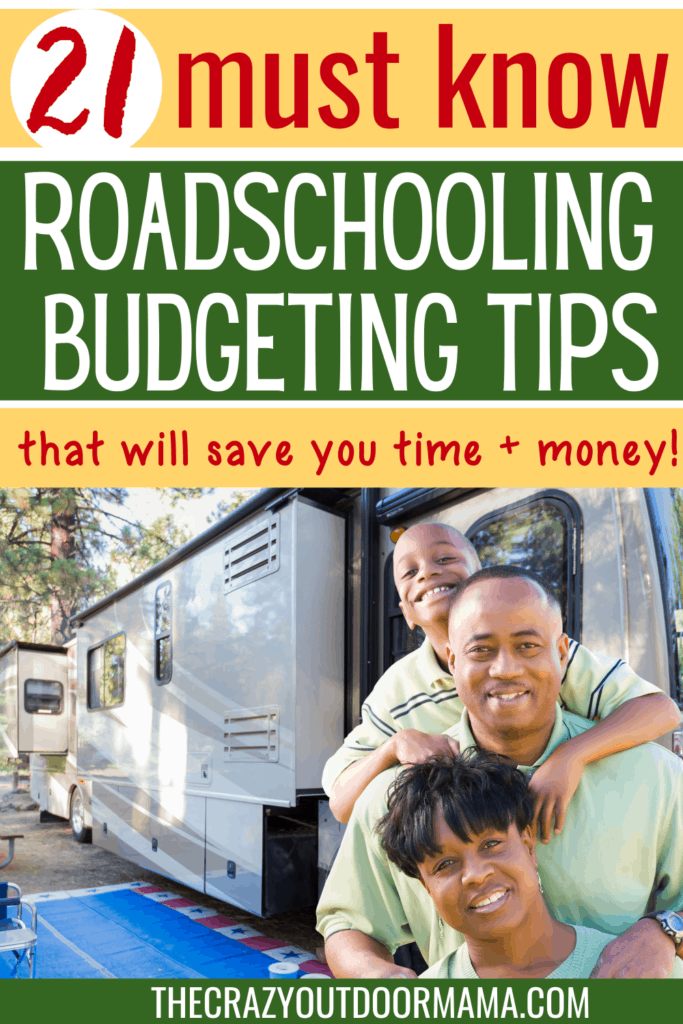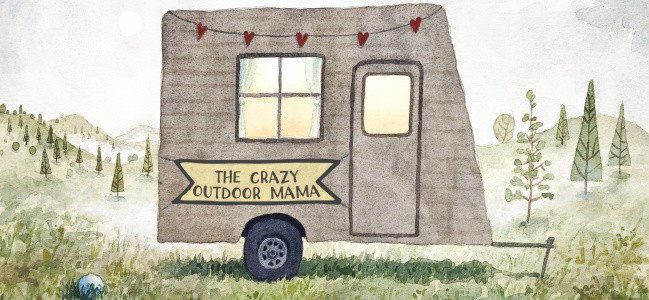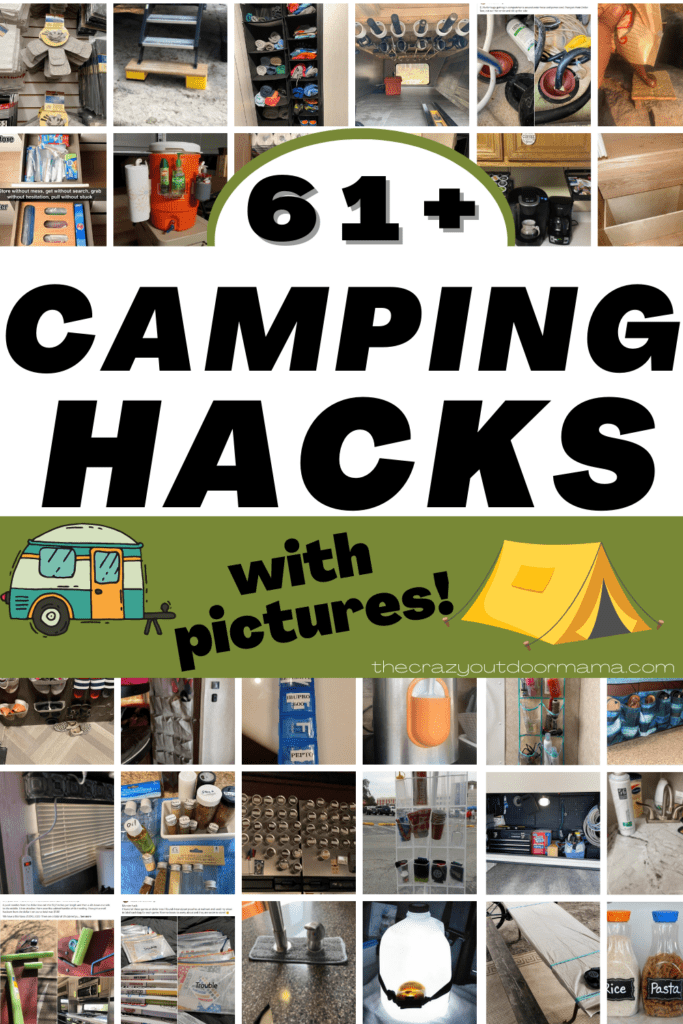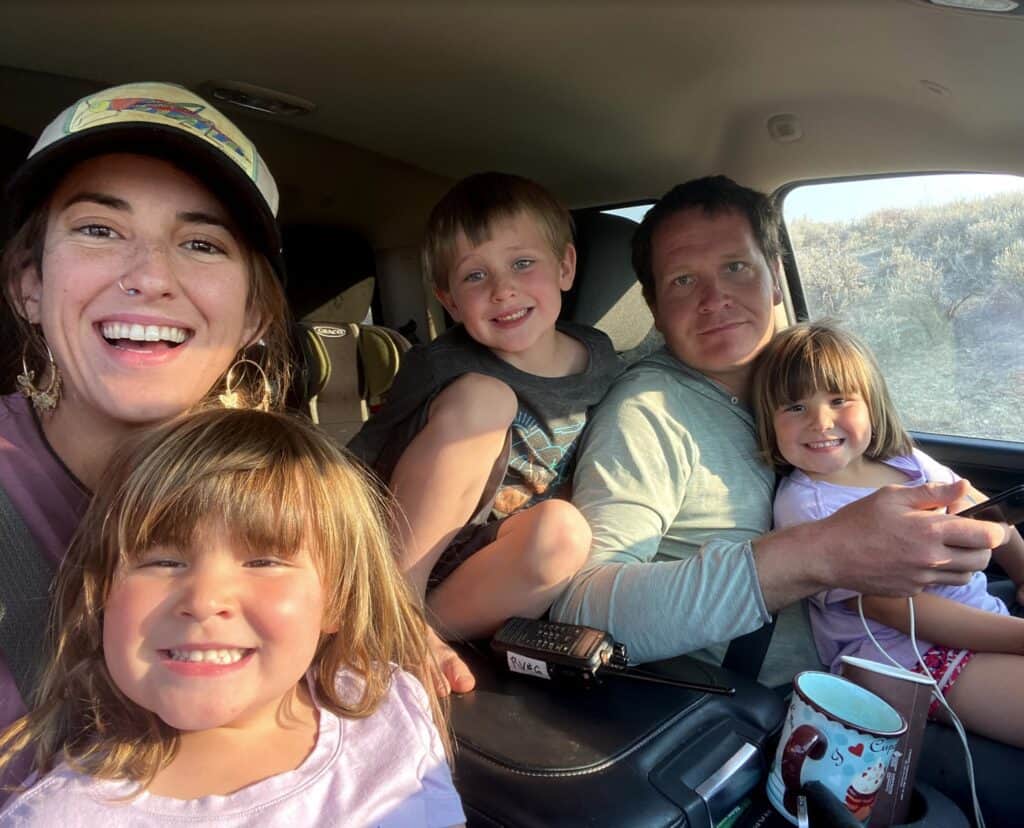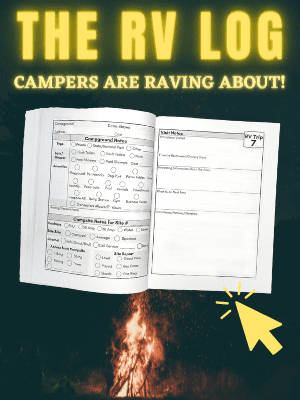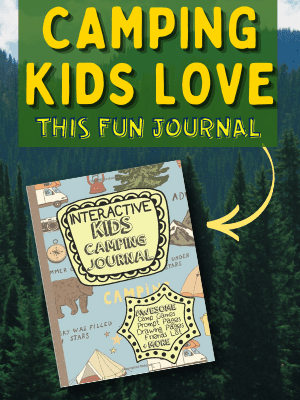- Top 5 Roadschooling Destinations in the Northeast and New England - September 2, 2021
- Top 5 Roadschooling Destinations in the Midwest - July 2, 2021
- Top 5 Roadschooling Destinations in the Southeast - June 21, 2021
Table of Contents
Managing Expenses on the Road
Once you’ve got your income figured out, the next challenge is figuring out how to make the most of your travel experience without spending more than you can afford.
This balance can be tricky. You want to work enough to earn the money you need, but not so much that you have no time to enjoy it. You want to do more than sit in your RV – otherwise, what’s the point of traveling? – but it’s impossible to see and do everything that each place has to offer.
There are plenty of misconceptions about the cost of roadschooling and full-time travel. Maybe you’ve wondered about some of these…
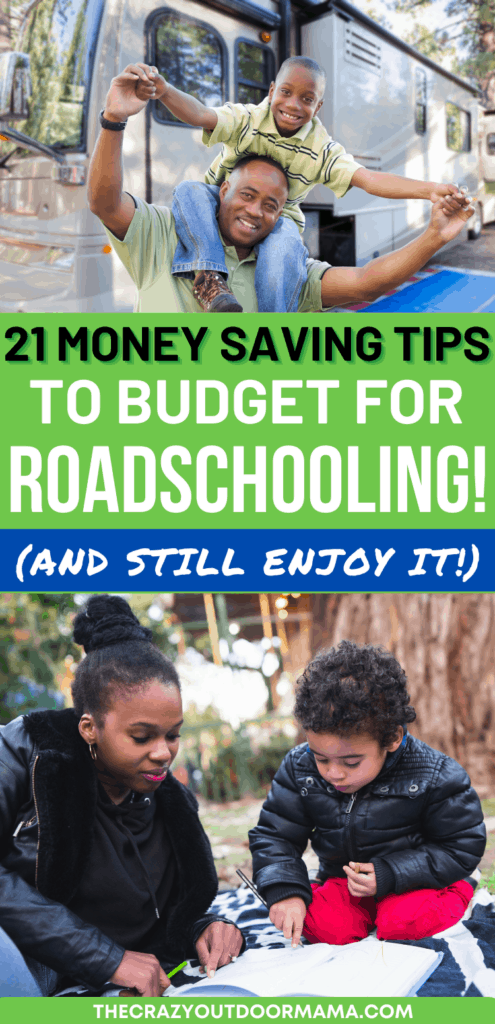
Funding Full-time Travel – True or False?
True or False: You need to be able to live off of savings while you travel.
False. Roadschooling isn’t sustainable unless you have some form of income while you’re on the road. That said, having a savings buffer as you get started is a great idea. Most people encounter some kind of unexpected expense at the beginning, and it’s hard to fully plan your budget until you have adjusted to the lifestyle. Click here to read more about earning an income on the road.
True or False: You can’t afford full-time travel unless you are debt-free.
False. Although being debt-free would certainly make things easier, it is not necessary to be debt-free in order to travel full-time. Make sure your monthly payments are included in your budget and try to eliminate consumer debt if possible. We know families who have moved into an RV as a way of reducing expenses and getting out of debt, so it is definitely possible.
True or False: Roadschooling would double my current monthly budget.
False, false, false. One big mistake many people make when thinking about funding full-time travel is to look at their expenses when they’re on vacation. That vacation budget would be unsustainable long-term for most families. The key is: roadschooling families are not on vacation. This isn’t an extended vacation, it’s regular life.
When you’re on vacation, you eat in restaurants frequently and spend money on extra treats and souvenirs. You have lodging and transportation costs, plus attractions and other entertainment. Meanwhile, you still have to pay your mortgage or rent plus utilities and other expenses back at home.
Families who live in an RV either sell their “sticks and bricks” house or rent it out to cover the mortgage. Most utilities are covered by campground fees, and if you use the RV kitchen, your food budget will probably be about the same. It is very possible to have the same, or even a somewhat smaller, monthly budget while roadschooling, though that money will be spent differently.
True or False: Roadschooling is possible for people who aren’t independently wealthy.
100% True! We’ve yet to meet another roadschooling family who is living off of a trust fund. While every family on the road is solving the financial questions in their own way, there is one thing we all have in common: it is always a balance between generating income and managing expenses.
Just like living in a sticks-and-bricks (S&B) house, there are many ways to reduce your expenses by eliminating unnecessary purchases and saving money on necessities. One key difference when roadschooling is that eliminating all unnecessary costs also eliminates many of the advantages of roadschooling in the first place. Your basic necessities on the road may also look a little different than they do in your S&B.
Here are some of the ways our roadschooling family is able to make this lifestyle affordable without sacrificing the reasons we hit the road in the first place.
Start-up Costs
Before we launched, we set the ambitious goal to save up enough to pay cash for our basic start-up costs and avoid substantial monthly payments in our budget. This is not a necessity, and many families choose to approach this differently, but for us it made the most sense.
Our definition of start-up costs included our travel trailer, tow vehicle, and a Thousand Trails campground membership. We reasoned that regardless of what happened with our income, we’d have a roof over our heads, a way to move it, and a place to park it.
P.S. – you may want to check out this full time rving budget planner to assess costs of this lifestyle easier!
Purchasing a Rig – Buy Used
We chose a travel trailer for a variety of reasons, but cost was high on the list. Travel trailers are cheaper to buy, cheaper to maintain, and cheaper to insure. Many families feel that travel trailers are smaller than they’d prefer for full-time life, and choose a fifth wheel trailer to gain more space and storage. Class A and Class C motorhomes can also work well for families.
Regardless of which type of RV you prefer, I highly recommend choosing a used (or pre-owned) RV.
Brand new RVs usually have everything covered under warranty. So repairs are not expensive, but they’re needed surprisingly often. We’ve known too many families who buy new and spend weeks or even months living in the parking lot of a repair shop.
On pre-owned rigs, most of the kinks have been worked out by the previous owner. As long as you check for signs of water damage and other common issues, you can save a lot of money and a lot of hassle by purchasing a pre-owned RV.
Remember also that it is very common for families to want to change rigs after getting a little bit of experience. It’s hard to know how well a certain type of RV or floor plan will suit your family until you’ve spent a few months living in it full time.
Given how likely it is that you will change your mind, consider your first RV to be a “starter rig” and avoid the rapid depreciation that happens with new vehicles.
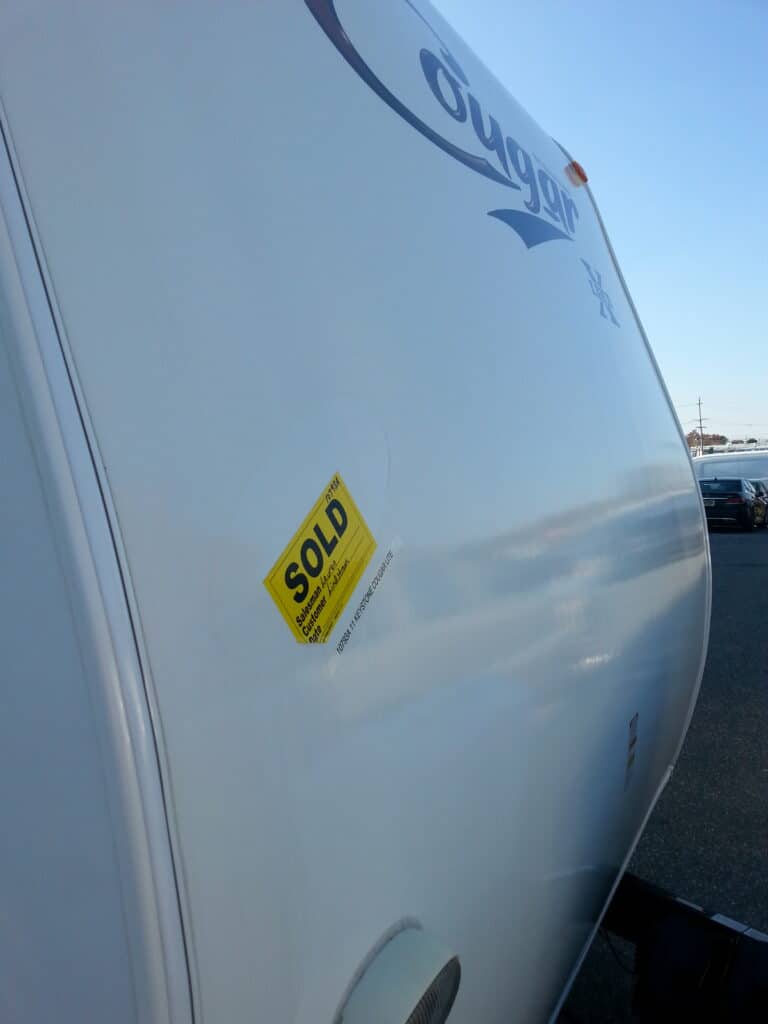
Saving on Necessities
Reduce Camping Fees
- Thousand Trails. Thousand Trails offers different levels of membership that entitle you to camp in any of their network of campgrounds and RV parks for no additional charge. Members purchase a membership and pay annual dues. The different levels of membership affect the length of each stay, whether you can go from park to park without spending time out of the system, and how far in advance you can make reservations. This is one of the most popular ways that roadschooling families reduce their expenses, which means you are also much more likely to meet other like-minded families when staying in these parks. Win-win!
- Passport America. Passport America membership entitles you to 50% off camping fees at participating campgrounds and RV parks across the country. Each location determines its own conditions. Common restrictions include limits on number of nights at the discounted rate, and discounts not available on weekends or holidays. Membership costs $44 per year. We typically only renew this membership if we want to stay in a participating campground. Since the average nightly savings is around $20 per night, it only takes 2-3 nights to make up the cost of the membership.
- KOA Value Kard Rewards (VKR). KOA is a well-known and trusted campground chain. While we enjoy their amenities, we don’t stay in KOA campgrounds frequently because their rates often exceed our budget. The advantage to KOA is that they are often found in locations that have few other options, if any at all. Membership in the KOA Value Kard Rewards program costs $33 per year. Members receive 10% discounts on all stays and collect points that can add up to more discounts on future stays. They have a member appreciation weekend each year in September that gives a buy-one-get-one-free deal for members. This is another membership that we only renew when we plan to use it. In our experience, it takes about 7-8 nights to break even on the cost of membership (unless you use it during the member appreciation weekend).
- Good Sam Membership. Good Sam is another membership worth having to save money on camping and more. Members save 10% off their stays at thousands of participating campgrounds across the country. The annual membership fee is $29. Discounts are available for paying for multiple-year memberships. Good Sam is a recognized name in the RVing world, and offers many advantages in addition to camping discounts. Good Sam is one membership that we always keep current.
- Boondocking. Boondocking, or dry camping, is parking your RV without hookups. Primitive campsites in official campgrounds, if they allow RVs, are often much cheaper than sites with electric, water, and/or sewer hookups. But the biggest advantage of being able to boondock is the opportunity for free camping. There are many ways to find free spots to boondock.
If you just need a place to stop for the night along your route, store parking lots are a great option. National chains such as Walmart and Cabela’s often welcome RVs to park overnight in their parking lots. Always call ahead or check at customer service to verify before spending the night.
We have stayed at Walmarts that actually had a check-in procedure for RVs. Cabela’s stores that list RV parking on their website usually allow overnight parking, and often have resources such as dump stations or fresh water fill ups available. Highway rest stops are another overnight option in some states.
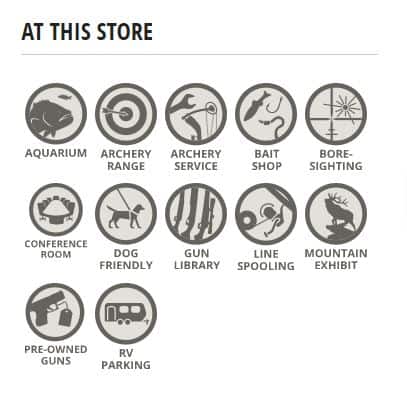
For longer stays, boondocking on public lands is allowed in many places. Some of the most peaceful and beautiful places we’ve camped have been free boondocking spots on public lands. You’ll want to have solar panels (preferred!) or a generator (be careful with generator rules) in order to keep your batteries charged while boondocking.
Time restrictions for staying on public lands are often approximately two weeks, but your personal time limits may be determined by how frequently you need to move to dump tanks and refill water. Our favorite way to find great boondocking spots is through Campendium or FreeCampsites.net. You can also find boondocking opportunities on private property through membership in Boondockers Welcome or Harvest Hosts.
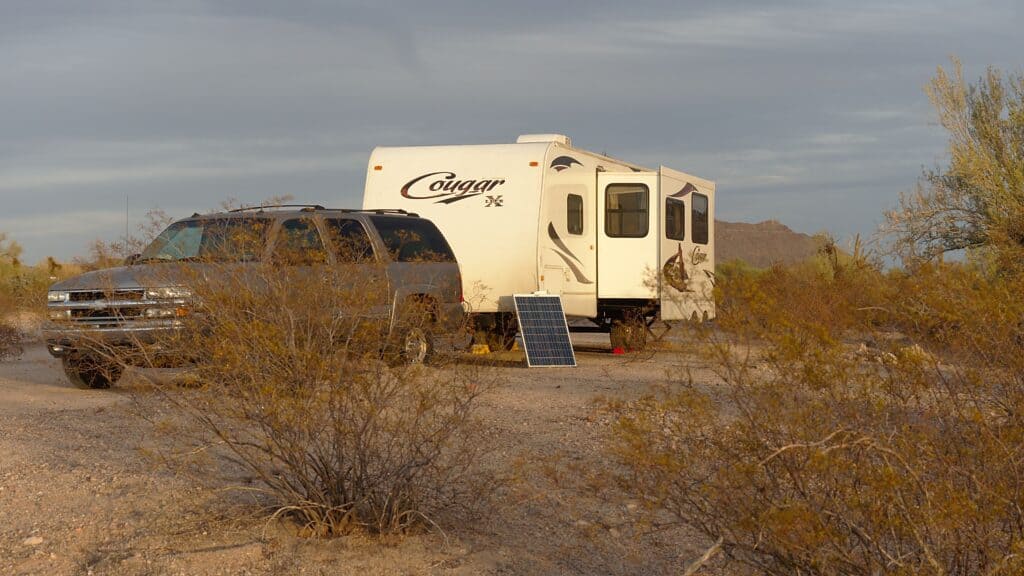
Cut Fuel Costs
Let’s face it, RVs are not the most fuel efficient vehicles available. Whether you’re driving a motorhome or towing a trailer, covering all those miles takes a lot of fuel. Keeping your tank full can really add up. You’ll also need propane for cooking, heating your rig, and sometimes for running your refrigerator and water heater.
You can cut fuel costs considerably by practicing eco-friendly driving techniques, reducing your speed, and keeping your tires properly inflated. Good vehicle maintenance is also a must. These are good tips for anyone to improve their fuel economy.
If you’re towing a trailer, try to fuel up your tow vehicle during times when you’re not towing, if possible. The best prices are often found at smaller stations that may not be able to accommodate your rig. This could force you to drive further and pay more per gallon at a larger station. Sometimes fueling up with your trailer in tow is unavoidable, but thinking ahead to fill your tank before a moving day could save you money.
Also remember that fuel prices vary considerably from state to state due to taxes and other factors. As you plan your travel, remember to research the states along your route and budget accordingly. If you know prices will go up in the next state, fill your tanks before you cross the border.
When it comes to propane, many RV parks have propane available for purchase. This is often the most convenient option, but rarely the cheapest. Local gas stations often have decent prices on propane. We also look for Tractor Supply stores along our route when we know we’re getting low on propane. If you get to know your neighbors at the campground, ask around to see where they get their propane. They might have the inside scoop on some great local deals.
We have some memberships that have helped us save big on fuel costs.
- Costco Membership. When we first hit the road, we couldn’t understand why so many families had Costco memberships. RV life isn’t exactly conducive to shopping in bulk, so we wondered why it would be worth paying the annual membership fee. We soon realized that Costco gas stations were consistently 30-40 cents cheaper per gallon than the surrounding stations. With our 35-gallon gas tank, this is a savings of $10-15 per fill-up. The annual $60 membership pays for itself very quickly. Some Costco gas stations also have propane at great prices.
*Note: Not all Costco stations have diesel fuel, so if your RV or tow vehicle has a diesel engine, you may not be able to use this frequently. - Good Sam Membership. One of the perks of a Good Sam membership is a 5-cent per gallon discount at Pilot and Flying J stations across the country. These stations are easy to find, and are usually easily accessible from major interstates. When driving in unfamiliar territory, you can trust that these stations will be easy on/off the highway, large enough to accommodate your rig, and have both gas and diesel available. We have found that their prices are comparable to nearby stations, even without the discount. Saving 5 cents per gallon is only a dollar or two per fill-up, but those dollars add up over time.
Other Essentials – Cheap or Free!
Be on the lookout for second-hand bargains and give-aways as you travel. From clothes and linens to books and kitchen items, repurposing these items can save you hundreds of dollars. Check out second-hand stores as you travel, keeping an eye out for useful items.
Thrifting is a hobby of ours on rainy afternoons when we just want to get out for a while, and we’ve gotten some amazing deals. You can even find RV-specific items if you’re lucky, especially in the spring in places like Arizona and Florida as snowbirds lighten their loads to return north. And don’t forget to explore Facebook Marketplace for each new area that you spend time in.
Many RV parks set up swap tables where you can leave things you’re no longer using or grab something someone else left behind – for free. These can often be found in laundry rooms or activity centers.
One of my favorite things to do when we’re in a park with a lot of other families is to set up a family swap table. Kids outgrow clothes and shoes so quickly, but if everyone pools these resources, you may be able to find a new home for your kids’ outgrown items while finding the next size donated by another family.
You can also swap books, school materials and curriculum, board games, DVDs, tools, dishes… you name it! We even scored a fully-functioning generator at a swap table last year! At the end of the day, whoever hosted the swap in their site packs up whatever is left and drops it off at a local thrift store.
Saving on School Resources
Curriculum is expensive! And considering that you’re roadschooling, you probably want to teach from a variety of materials and experiences, so you’ll want more than just a stack of textbooks. Those costs really add up.
Here are some of my favorite ways to enrich our kids’ education without draining our bank account.
- Online Resources. There is a ton of material available online, and a lot of it is free or inexpensive to download. It’s worth investing in a small printer in your rig to be able to take advantage of these resources. If you’ve never used Pinterest to look for homeschooling ideas, I highly recommend it. Check out my Pinterest boards, and the Crazy Outdoor Mama‘s to browse through thousands of great ideas. My other go-to online is Teachers Pay Teachers, where you can find incredible resources created by teachers and other homeschooling parents. There are many free and inexpensive resources, and shopping there supports fellow teachers rather than big publishing companies.
- Scribd. Scribd is like Netflix, but for ebooks, audiobooks, podcasts, sheet music and more. For a monthly subscription fee, you get unlimited access to Scribd’s entire library. In addition to ebooks and audiobooks, there are also documents that have been uploaded by users. I have downloaded pdf copies of textbooks, and we have used Scribd resources for art and music lessons, math exercises, free reading, and so much more. Audio books are great for long driving days. The selection ranges from children’s picture books to fiction and nonfiction for adults. Use this link to learn more and get a free 60-day trial!
- Libraries. Don’t forget to check out the local public library wherever you go. Since you’re not a resident, you probably can’t check out books, but it’s a great place to go read and explore on a rainy day. You can also take advantage of children’s programs, story hours, movie nights, guest speakers, and more. Ask about educational software on the library’s computers. Many of the libraries we’ve visited have had much more than books in their children’s departments. If you are staying in one place for a longer period of time, some libraries accept a campground address as enough to issue a lending card. Don’t assume that you don’t qualify.
Saving on Attractions
Visiting local attractions is one of the primary benefits of roadschooling. We love discovering new museums, national parks, historical sites, and cultural events as we travel. Our goal is to take one “field trip” day per week. Most of these attractions have admission fees, and with an average admission fee of $20 per person, our family of 5 could easily spend $100 per week or more on attractions. For us, this would be a budget buster.
Here’s how we make it work so we make the most of opportunities without going into debt.
- Don’t Try to Do Everything. Trying to do too much not only hurts your budget but it diminishes the effectiveness of the things you’re doing. I’ll never forget the time our kids whined, “Do we have to go to another zoo?” That wasn’t exactly the impact we were going for, so we took a break from zoos for a while. If every single outing is a major event, you will all become saturated and unable to appreciate the experiences. Take it easy and let it be simple. You can never see and do everything that an area has to offer, so it’s important to prioritize. Cost and variety are two big factors that help us choose what to do.
- Look for Freebies. Search for opportunities such as “Homeschool Days” that offer free or reduced admission during the week for homeschooling families. As a bonus, these days often include extra activities that might not usually be available. There are museums that have specific days or times each week or month that have free admission. For example, the Houston Museum of Natural Science has free admission on Thursdays from 2-5PM. It would usually cost $98 for our family to visit this museum, so that’s a huge savings!
- National Park Service Annual Pass. We love national parks, so an annual America the Beautiful pass is a no-brainer for us. As the entrance fees for individual parks have risen in recent years, the annual pass has remained a steady $80. The pass is an interagency pass, which means it can be used for other federal areas such as national forests (which sometimes charge parking or day-use fees) and national seashores. Families should also be aware of the Every Kid Outdoors program. Under this program, children in 4th grade (and homeschooled kids who are 10 years old) are entitled to a free annual pass. The pass is valid from September 1 through August 31. We took advantage of this and found the process surprisingly quick and easy.
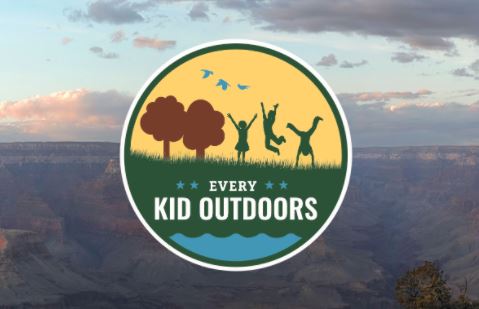
- Reciprocal Memberships. Most museums, zoos, gardens, and even many theme parks participate in some type of reciprocal program. This means that if you are an annual member of a participating museum (or zoo, garden, etc.), you get free or discounted admission at other participating locations around the country. There are many different types of reciprocal programs and some limitations do apply. Our friends and fellow roadschoolers created an amazing resource to help you learn the ins and outs of using reciprocal memberships well. The memberships we have found most useful for our family are the Association of Science and Technology Centers (ASTC) and the Association of Zoos and Aquariums (AZA). Every year we renew our membership at the Western North Carolina Nature Center, which participates in both of these reciprocal programs. For less than the cost of one day’s admission for our family to most zoos, aquariums, or museums, we get access to hundreds of attractions across the country for free all year long. Reciprocal memberships give you lots of great educational experiences and save your budget big time!

Give Yourselves Time
Be prepared for your budget to vary a lot at the beginning. It takes time to learn and adjust to this new lifestyle. Some things will be more expensive than you anticipated, and other things will be less. You will figure out your own strategies for saving money. You’ll also set your own priorities for where and when to splurge. Budgets are not just about restricting spending. They’re also about giving yourself the freedom to spend more on the things that are important to you and your family. Just remember, there are plenty of ways to make roadschooling affordable without sacrificing what’s most important to you in this incredible experience.
